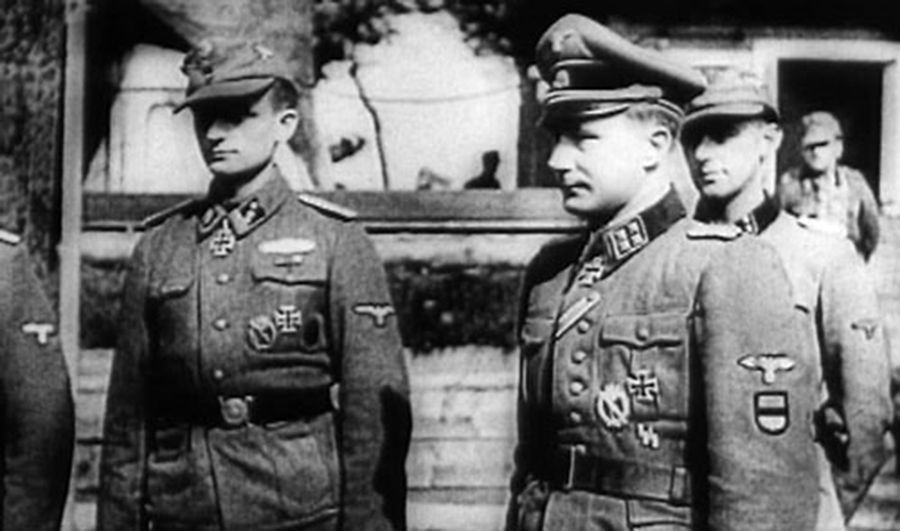Check spelling or type a new query. The brigade was incorporated with other units in the 20th waffen grenadier division of the ss (1st estonian) on 24 january 1944. It was officially activated on 24 january
Veterans of 20th Waffen Grenadier Division of SS meet in Estonia
Formed from the estonian legion, became the 20th waffen grenadier division of the ss (1st estonian) in 1944.
Estonian ss division increased to 15000 men and with separate battalions there were about 75000 estonians in front line in late summer 1944 defending their homeland against soviet aggression.
Harald riipalu, major paul maitla and sergeant harald nugiseks, still 10 in may 1945, in the town of jablonec nad nisou, czech partisans shot about 1000 the captured soldiers of the estonian ss division of soldiers. It is not excluded that there would have been more executed, but the soviet officers who came to their rescue stopped the massacre of estonian ss men. So the ss sturmbanführer suurkivi and
Estonia's legion, the 3rd ss brigade, was enlarged into the 20th ss division during december 1943. By spring of 1944 the division was stationed in estonia and participated in the efforts of army group north to hold the narwa line against heavy soviet attacks. In early 1944, that unit was renamed the 20th estonian ss volunteer division, which in turn, in may of the same year, became the 20 th armed ss grenadier division (estonian nr 1). La 20.ª división ss waffen grenadier 1.ª estonia (en alemán:

The 20 th waffen grenadier division of the ss (1 st estonian) was established on the orders of heinrich himmler in may 1944.
It was established through expanding, by conscription, the 3 rd The 20th estonian ss division participated in battles on estonian territory from february to september in 1944 and later in silesia and czechia until the end of the war. In september 1944, the division comprised 15,400 men, the majority of them estonians. 658, also known as pups of rebane (=fox) and nr.
658, also known as pups of rebane (=fox) and nr. Monument of lihula is the colloquial name of a monument commemorating the estonians who fought for estonia against the soviet union in world war ii, located in a privately owned museum in lagedi, estonia. The monument has been controversial due to, in part, its dedication to those who served in the german wehrmacht and particularly in the In spite of the “death’s head division’s” involvement, not even these early estonian volunteers received the level of indoctrination typical of other ss formations.

Volunteers continued to arrive from estonia, swelling the legion’s numbers to well over 1,000 by the spring of 1943.
The 3rd estonian ss volunteer brigade (german:

